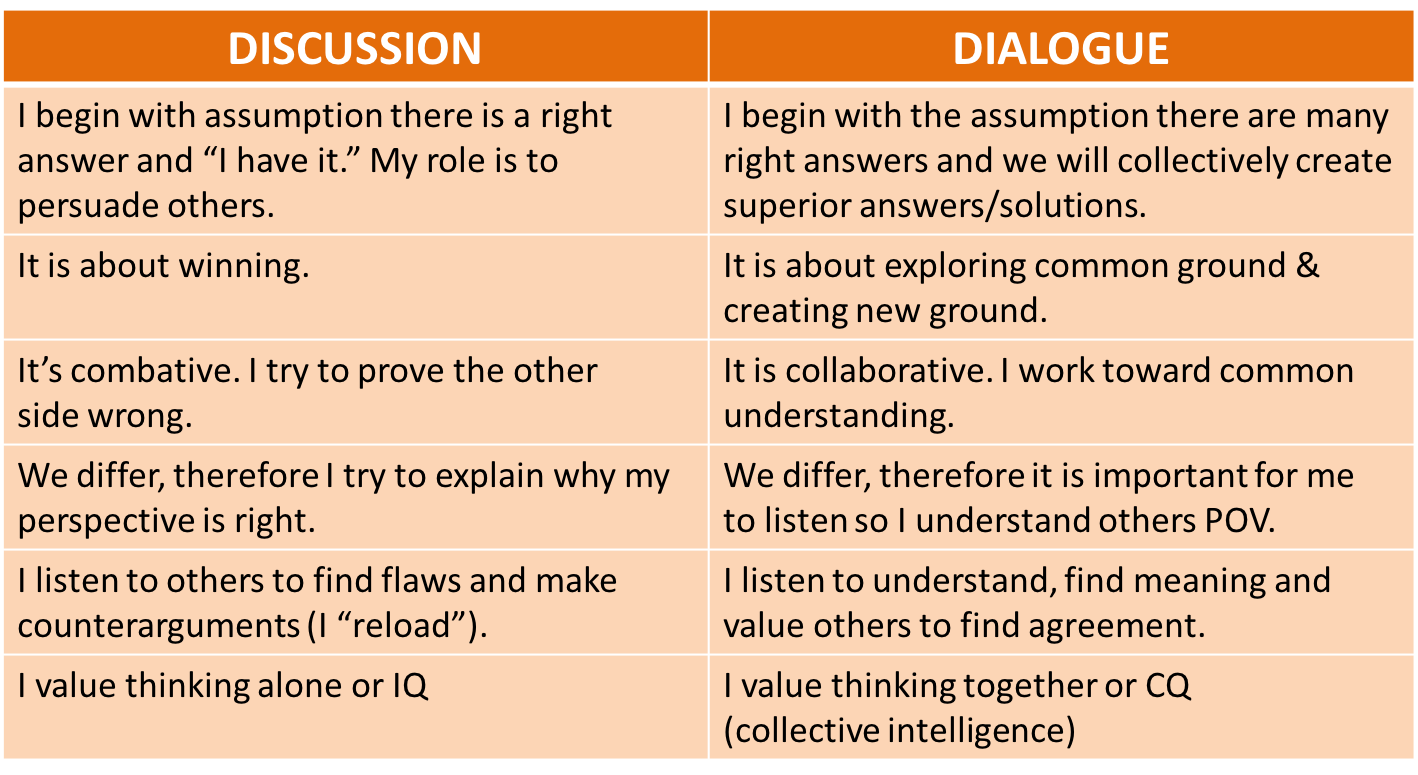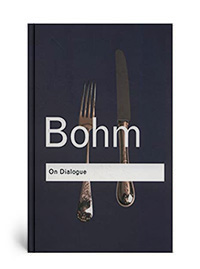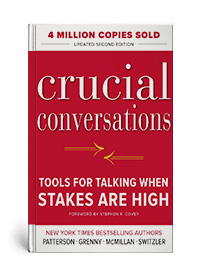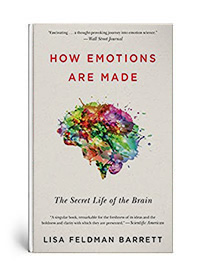Friends,
Welcome to my 15th quarterly newsletter, this one on the concept of “dialogue.”
At the foundation of successful organizations are effective relationships, which in turn, require effective communication. When we verbally communicate with others what comes most naturally is discussion, but discussion is often not the most effective way to communicate. What can be more effective is a communication skill known as “dialogue.”
Let me explain.
Dialogue versus Discussion – What’s the difference?
All we need to do is look at the origin of the two words to know they convey two very different ideas. Dialogue comes from the Greek words “dia” and “logos,” essentially “meaning flowing through.” In dialogue, two or more people are seeking to build a pool of shared meaning upon which an effective decision can be made. Discussion on the other hand comes from the Latin word “discussus,” the same Latin roots for “percussion” and “concussion,” meaning “to shake” or “smash apart.” Discussion by design is a form of competition or combat between two or more people to see whose ideas or thoughts will prevail, whose will win. If you were part of a debate team while in school, you probably learned the art of discussion quite well.
But here is the thing, research shows that strong relationships and organizations are built on the ability to talk openly about important and emotional topics and to get all the relevant information out into the open … to create a pool of shared meaning rather than competing with one another. To create this pool of meaning requires dialogue. This shared pool of meaning or information is a measure of the collective IQ of the participants and is the birthplace of creativity, synergy, and better decision making. In effect, rather than seeking to win, as we do in a discussion, in dialogue we are seeking to understand one another and then collectively build a decision based on the revealed information and perspectives. This is the magic of dialogue.
Below is a chart that captures how we approach a conversation when we are seeking a discussion versus dialogue. Historically, I always found myself on the left-hand side of this chart. I am trying to move to the right side. For me, It is a slow, arduous, but important journey.
How Do We Practice Dialogue?
So if you are with me so far, how do we practice dialogue and enable it within organizations we lead? Here are some thoughts:
- Safety … “Psychological Safety.” Participants need to feel safe, that they can express most anything and not be punished, ridiculed, excluded, belittled, or thought less of for doing so. Each participant needs to know that each person has one another’s best interest in mind and is not seeking to harm them in any way. In other words, participants must trust one another and be willing to be vulnerable. This safety does not exist in most corporate environments and so the relevant information, the shared pool of meaning, is never created. You will know the conditions for effective dialogue exist when the introverts and those deeper into the organization consistently “speak up” and the extroverts and those at the top of the organization consistently “listen up.”
- Time. Dialogue takes more time than discussion and sometimes we simply don’t have time to dialogue and build shared meaning. You can take the concept of dialogue too far, applying it to too many situations (and at times I have been guilty of this), but I find most organizations use a shortage of time to not do a lot of things that are needed for success, including making time for dialogue. If the topic is important and it affects the lives of those involved, you need to take the time to dialogue. Without involvement, without dialogue, without shared meaning on major issues, there will be artificial agreement and no real commitment to decisions made. No involvement, no commitment.
- Education, Processes, and Tools. There must be time spent educating members of the team as to the difference between dialogue and discussion, when each is appropriate, and establishing and practicing processes and tools that facilitate dialogue. Some of the tools of dialogue include beginning meetings/conversations with “check-in,” ending them with “check-out,” using “circular dialogue” and practicing being assertive versus passive or aggressive. The key here is that you have a set of processes/tools that everyone understands, is educated in, and agrees to utilize to make conversations/meetings effective.
I know moving from discussion to dialogue … for an individual, a team, or an organization … is a difficult task that takes time. But once achieved dialogue can lead to better communication, better relationships, better decision making, and importantly, better performance. Below on the bookshelf are a couple of books that might be of assistance if you are interested in further pursuing the skill of dialogue.
I hope this has been of help. If you have time, let me know what you think. In any regard, I hope this newsletter finds you and yours safe and well.

–Douglas. A. Smith
“None of us is as smart as all of us.”
–Ken Blanchard
From the bookshelf!
Books I am reading and highly recommend.




